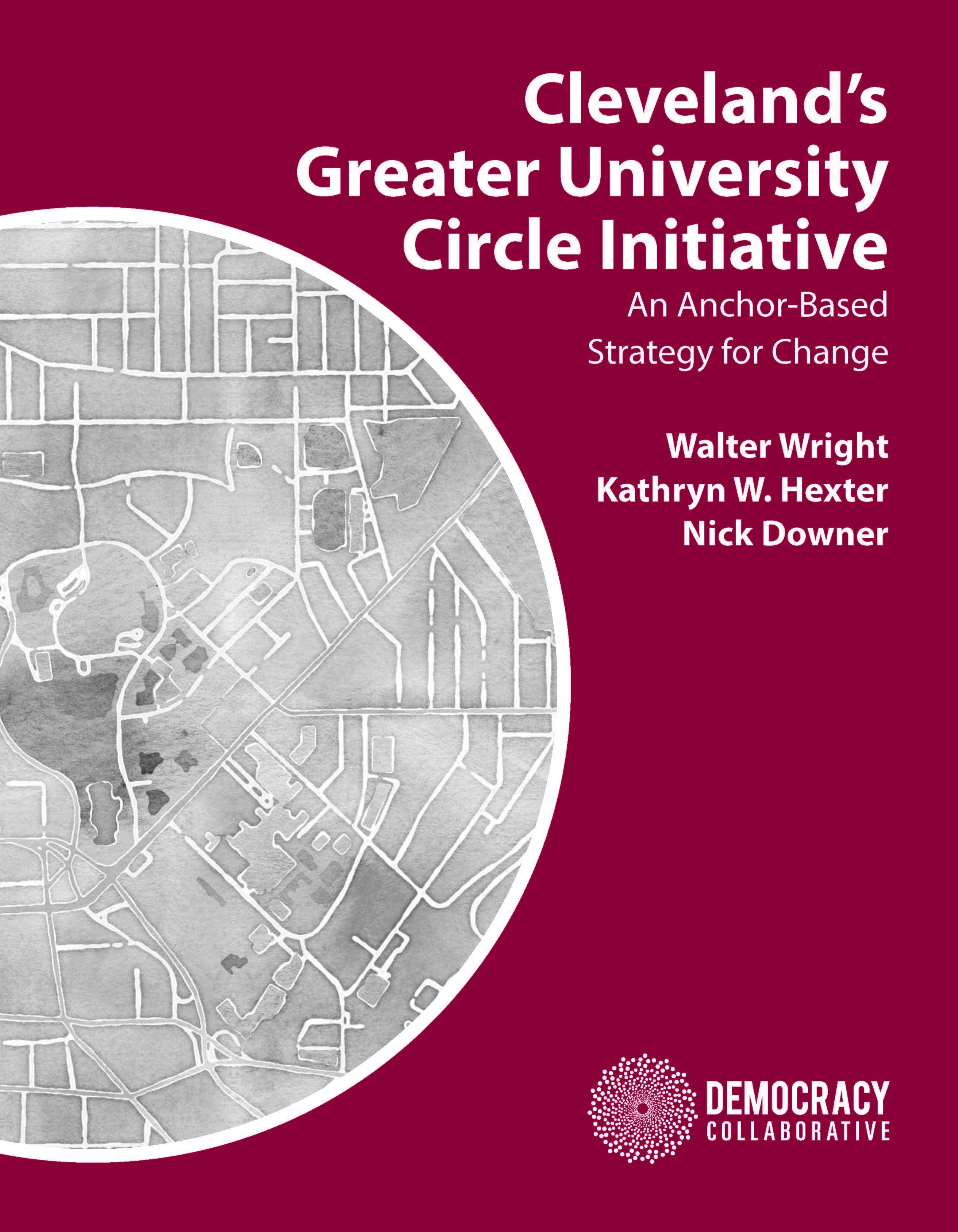Cities are increasingly turning to their “anchor” institutions as drivers of economic development, harnessing the power of these major economic players to benefit the neighborhoods where they are rooted. This is especially true for cities that are struggling with widespread poverty and disinvestment. Urban anchors— typically hospitals and universities—have sometimes isolated themselves from the poor and struggling neighborhoods that surround them. But this is changing. Since the late 1990s, as population, jobs, and investment have migrated outward, these “rooted in place” institutions are becoming a key to the long, hard work of revitalization. In Cleveland, the Greater University Circle Initiative is a unique, multi-stakeholder initiative with a ten-year track record. What is the “secret sauce” that keeps this effort together?
Cleveland has won national attention for the role major nonprofits are playing in taking on the poverty and disinvestment plaguing some of the poorest neighborhoods in the city. Where once vital university and medical facilities built barriers separating themselves from their neighbors, now they are engaging with them, generating job opportunities, avenues to affordable housing, and training in a coordinated way. Where once the institutions may have viewed each other as mere competitors for funding or clients, now they are allies finding ways not only to improve their surrounding neighborhoods but cooperate on savings through joint business operations.
This case study shows how the Greater University Circle Initiative achieved this coordination among three large anchor institutions located in Cleveland’s park-like University Circle area—almost one-square mile of world-class educational, cultural, and health institutions. Through this initiative, the Cleveland Clinic, University Hospitals, and Case Western Reserve University networked and deployed their resources in a powerful challenge to the persistent poverty and disinvestment in seven surrounding neighborhoods. Where once a major institution might only seek to gentrify its surrounding area by pushing out impoverished residents, this strategy seeks to improve the prospects and income of the 60,000 people who live in these neighborhoods. The Greater University Circle Initiative seeks to reweave community networks, in part through community engagement, to improve the quality of life in surrounding neighborhoods, and to give residents a greater voice and connection to the resources of the anchor institutions.
Walter W. Wright is the Program Manager for Economic Inclusion at Cleveland State. Kathryn W. Hexter is the Director of the Center for Community Planning and Development of Cleveland State University’s Levin College of Urban Affairs. Nick Downer is a Graduate Assistant at the Center for Community Planning and Development.
This report is part of The Democracy Collaborative's new Community Wealth Innovators Series, in which we are working with leading practitioners in the field to document the key best practices, the inspiring new models, and the critical lessons learned in on-the-ground efforts to build more inclusive and equitable local economies.
